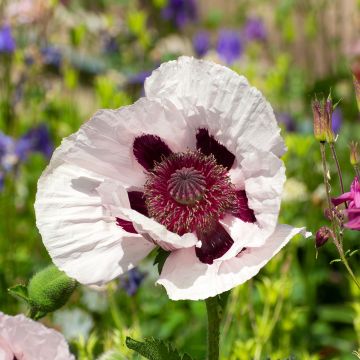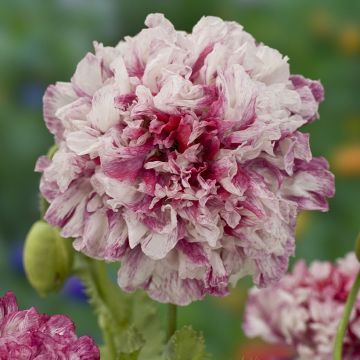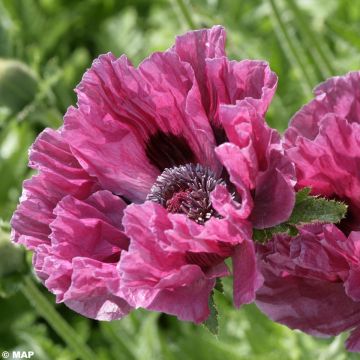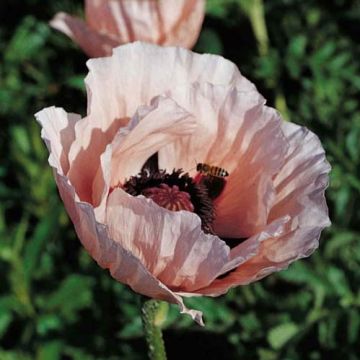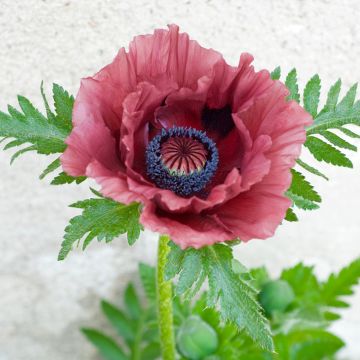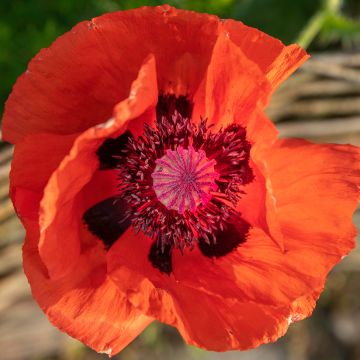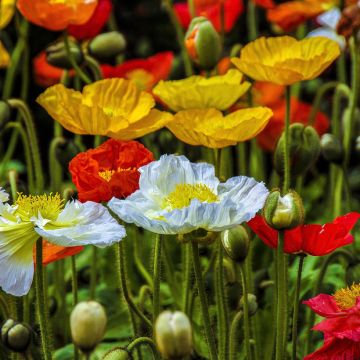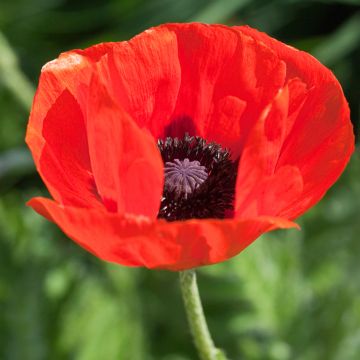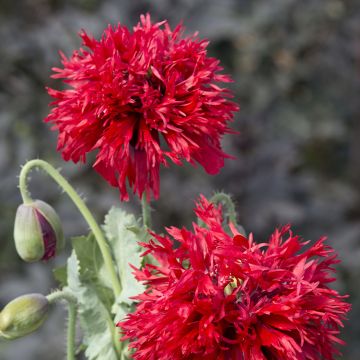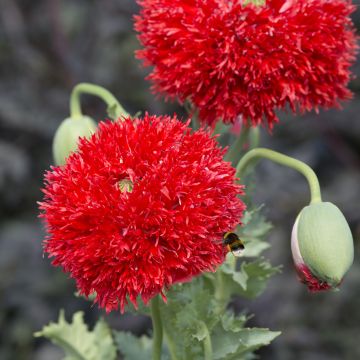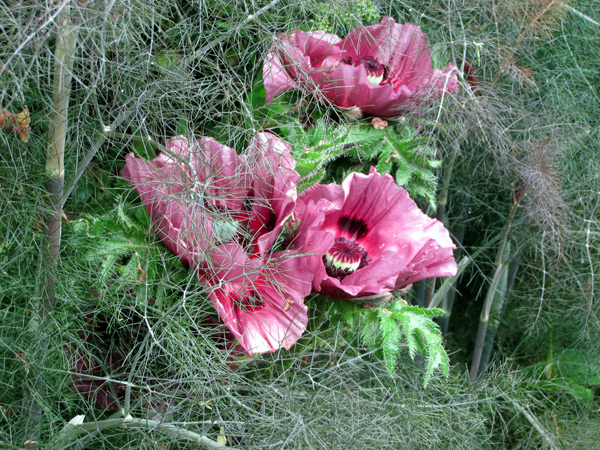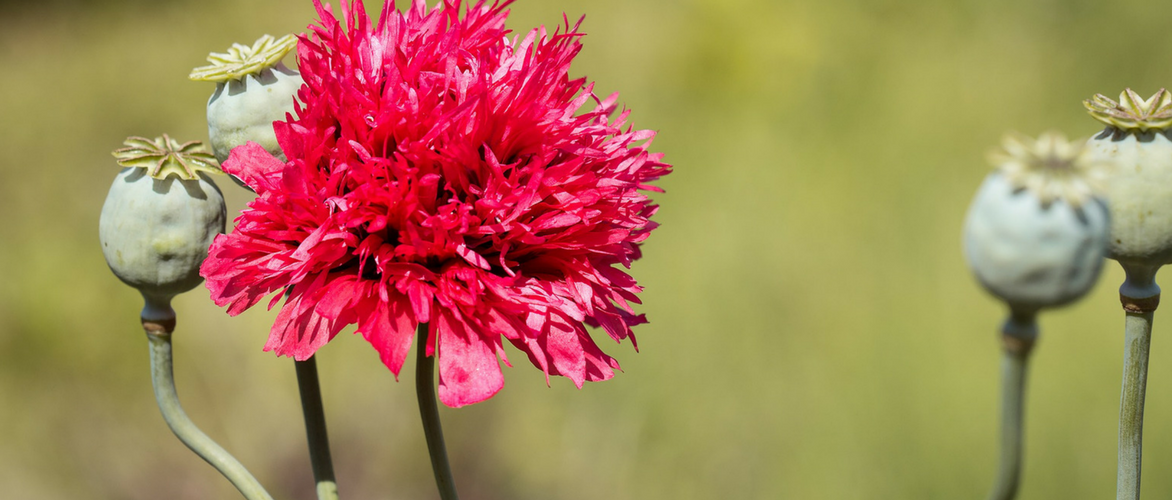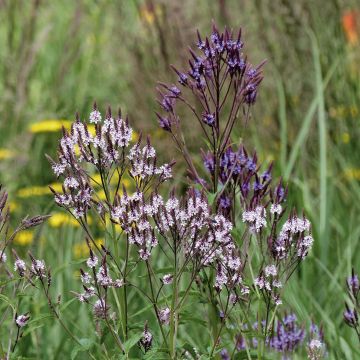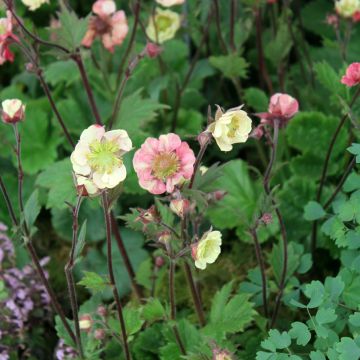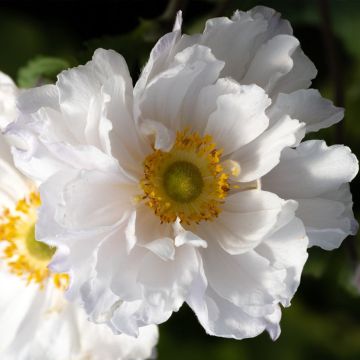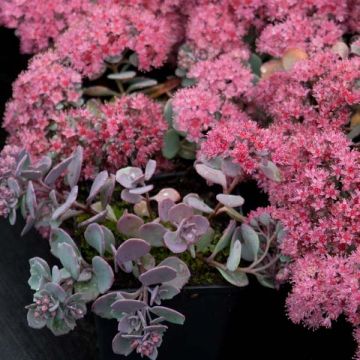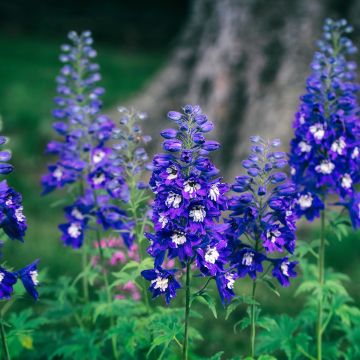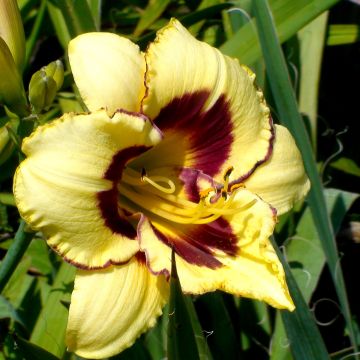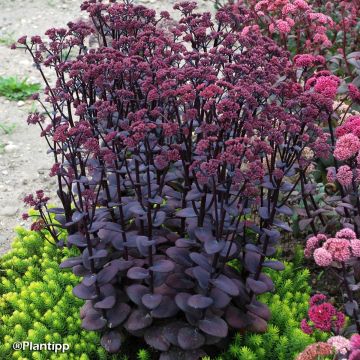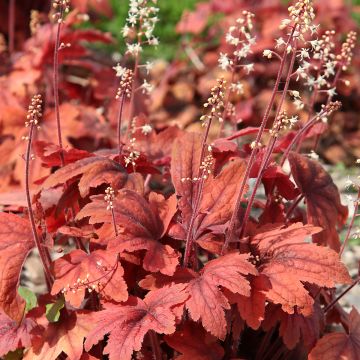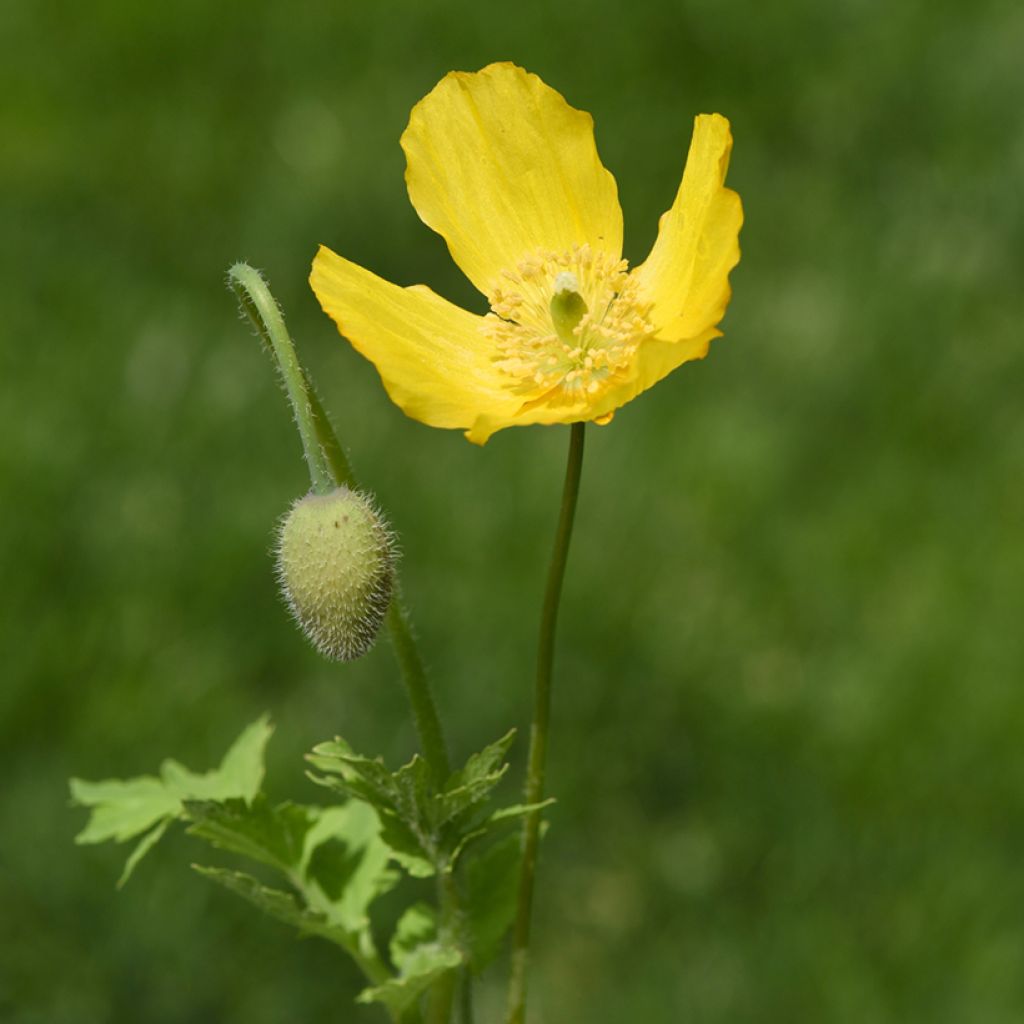

Meconopsis cambrica - Blue Poppy
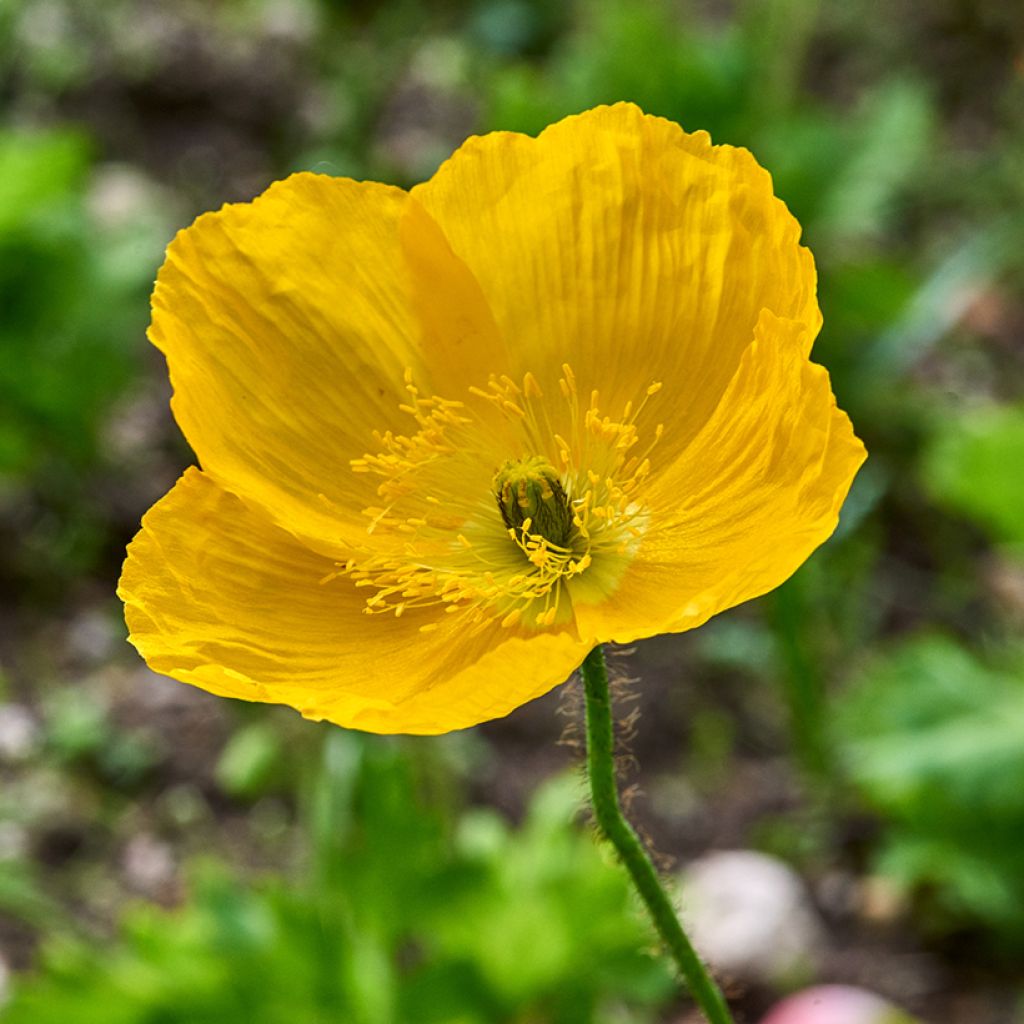

Meconopsis cambrica - Blue Poppy
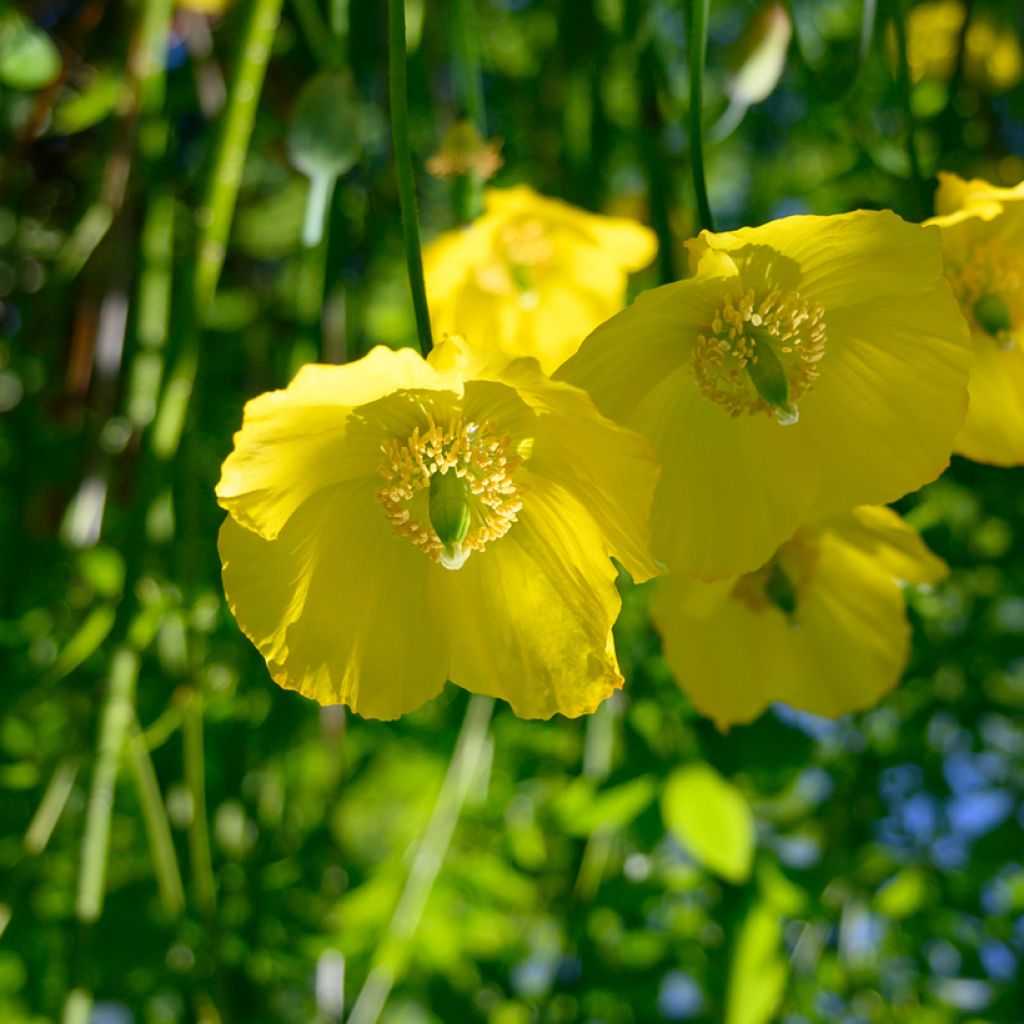

Meconopsis cambrica - Blue Poppy
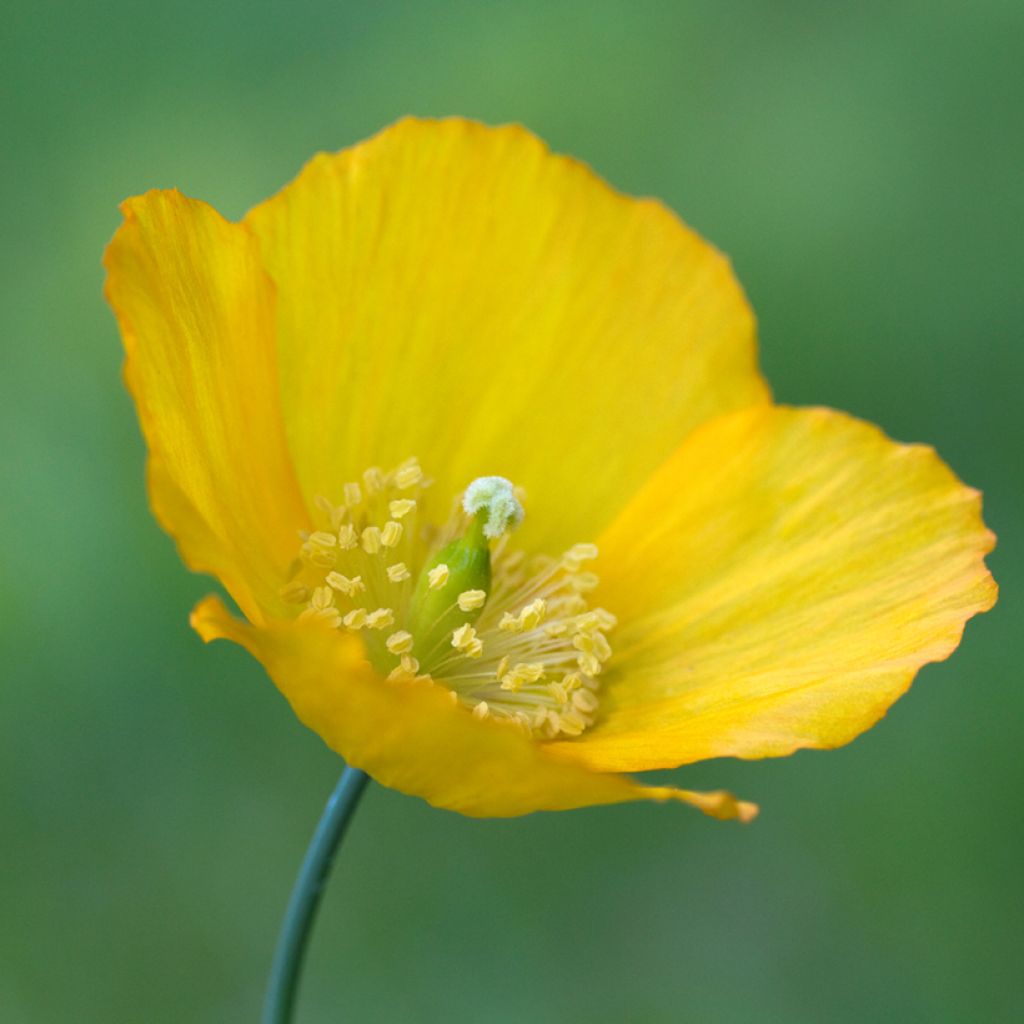

Meconopsis cambrica - Blue Poppy
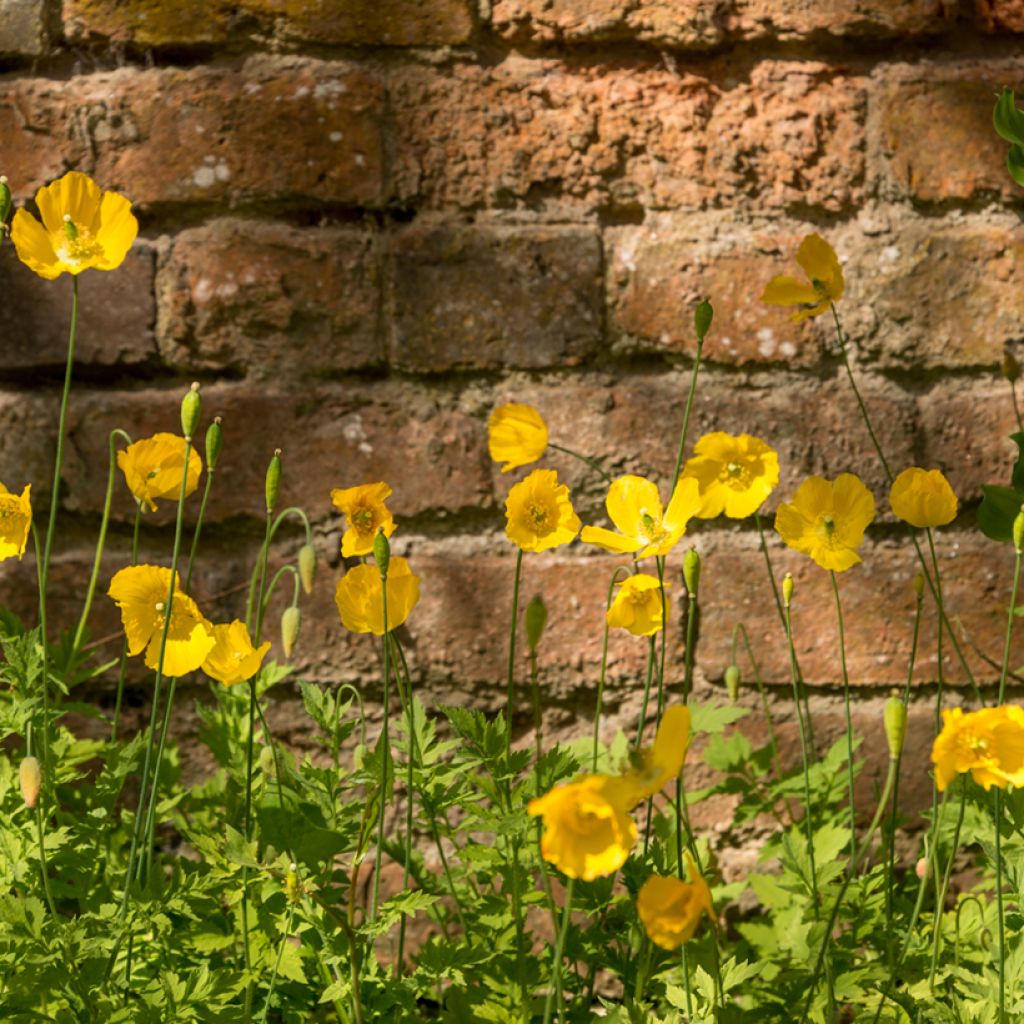

Meconopsis cambrica - Blue Poppy
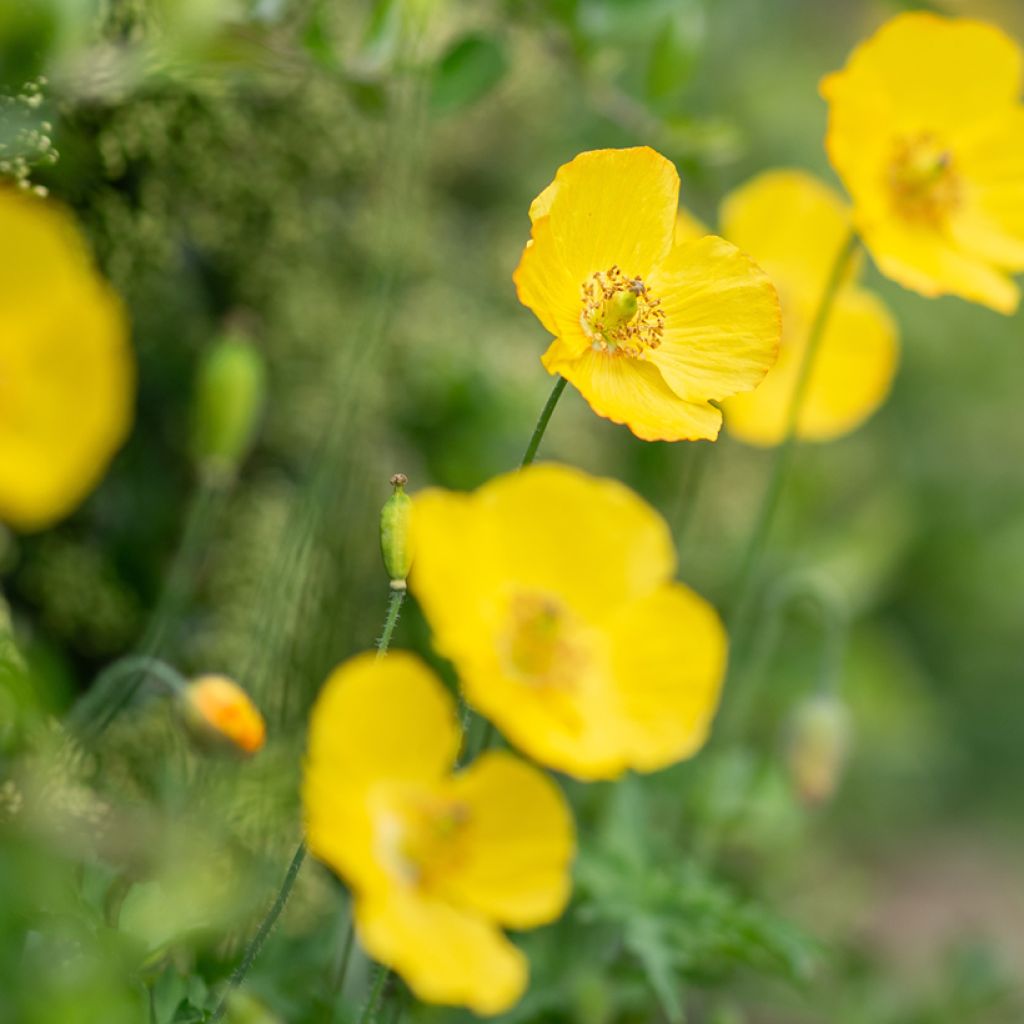

Meconopsis cambrica - Blue Poppy
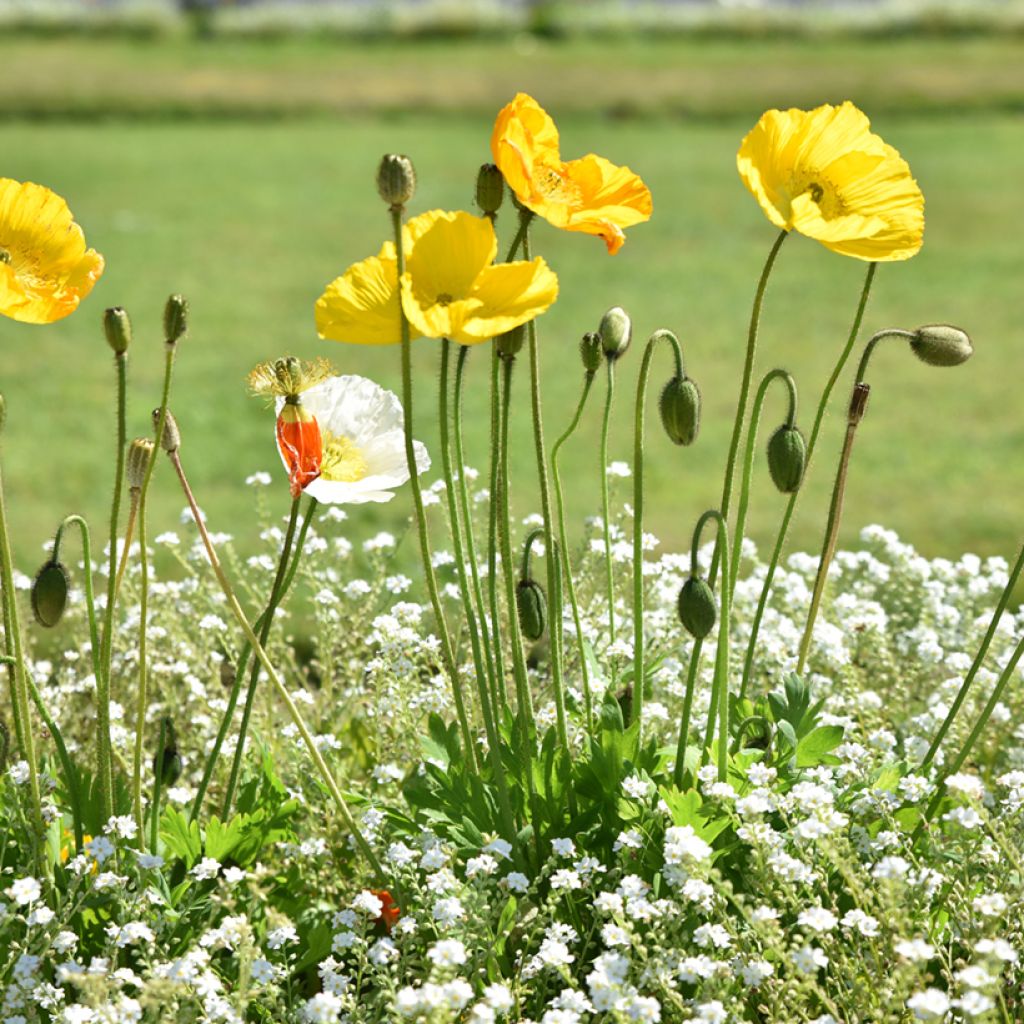

Meconopsis cambrica - Blue Poppy
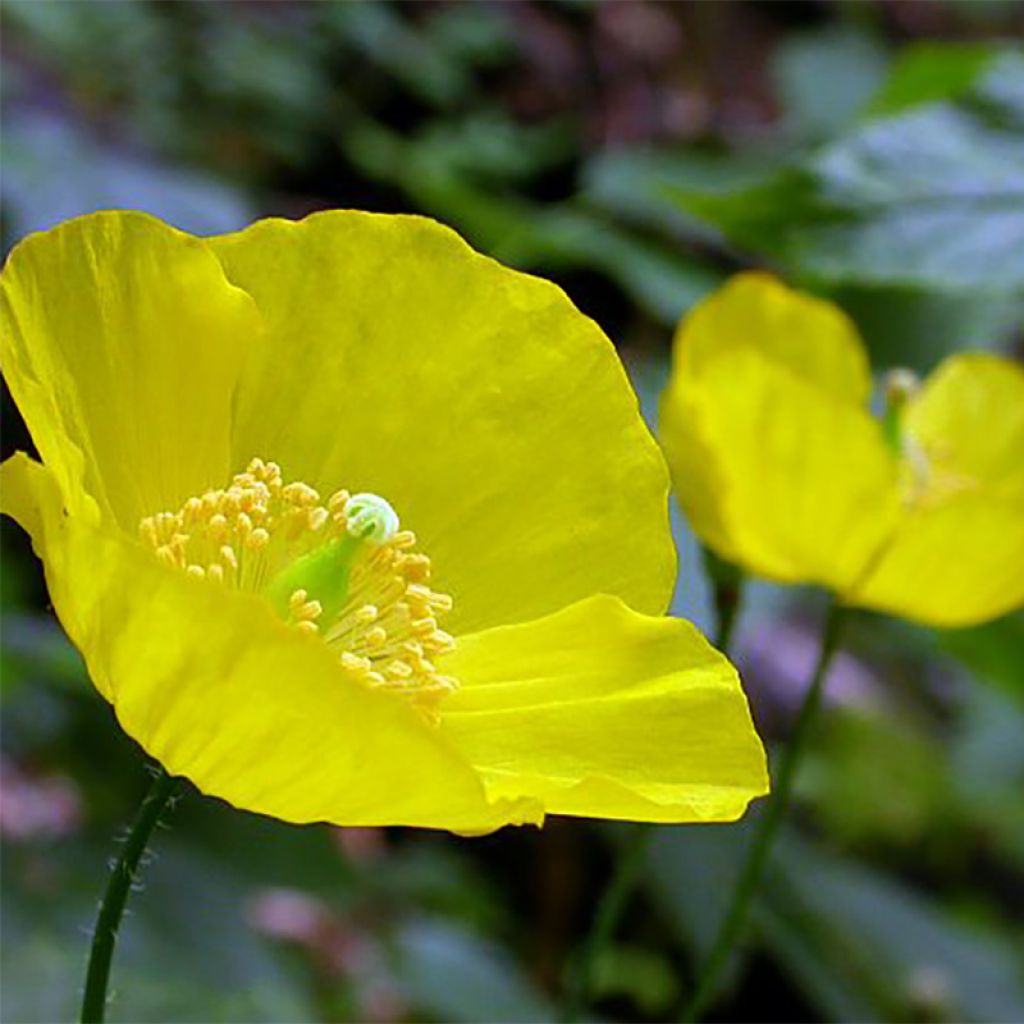

Meconopsis cambrica - Blue Poppy
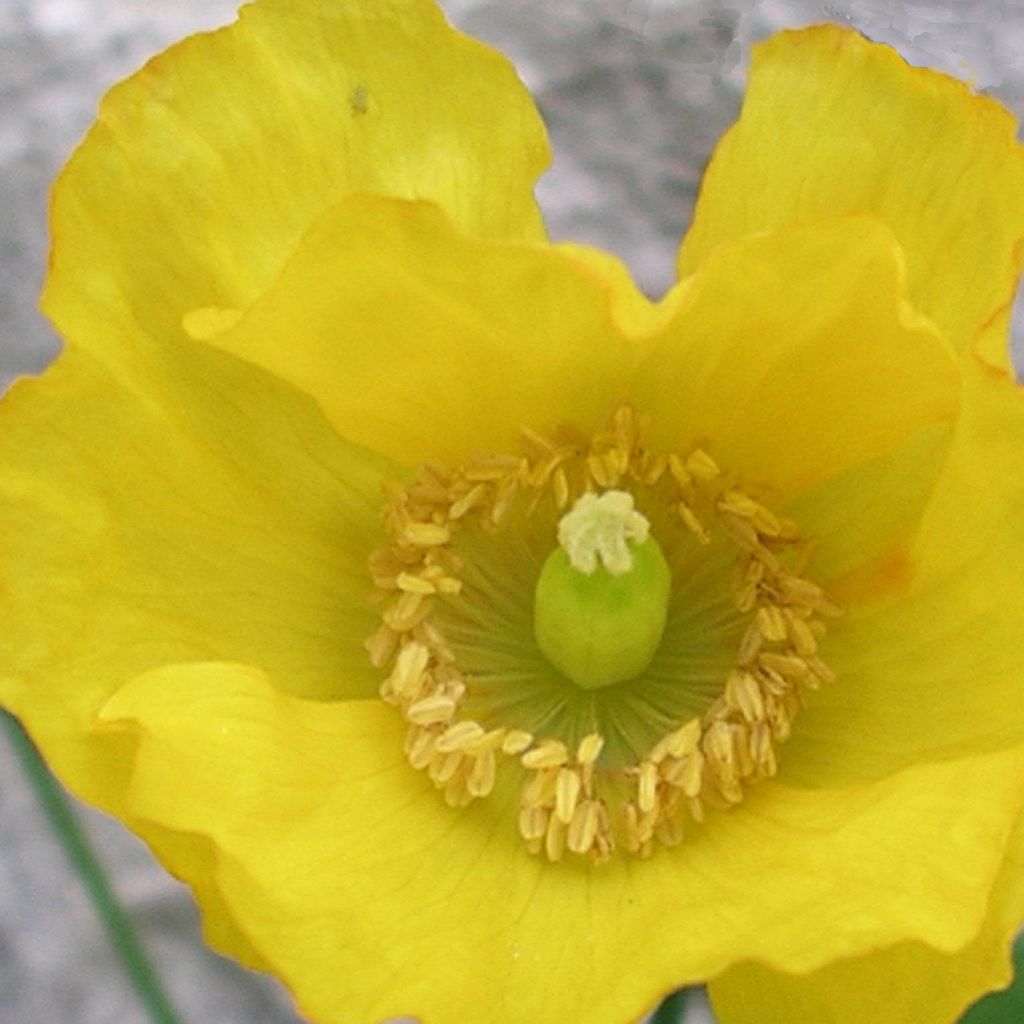

Meconopsis cambrica - Blue Poppy
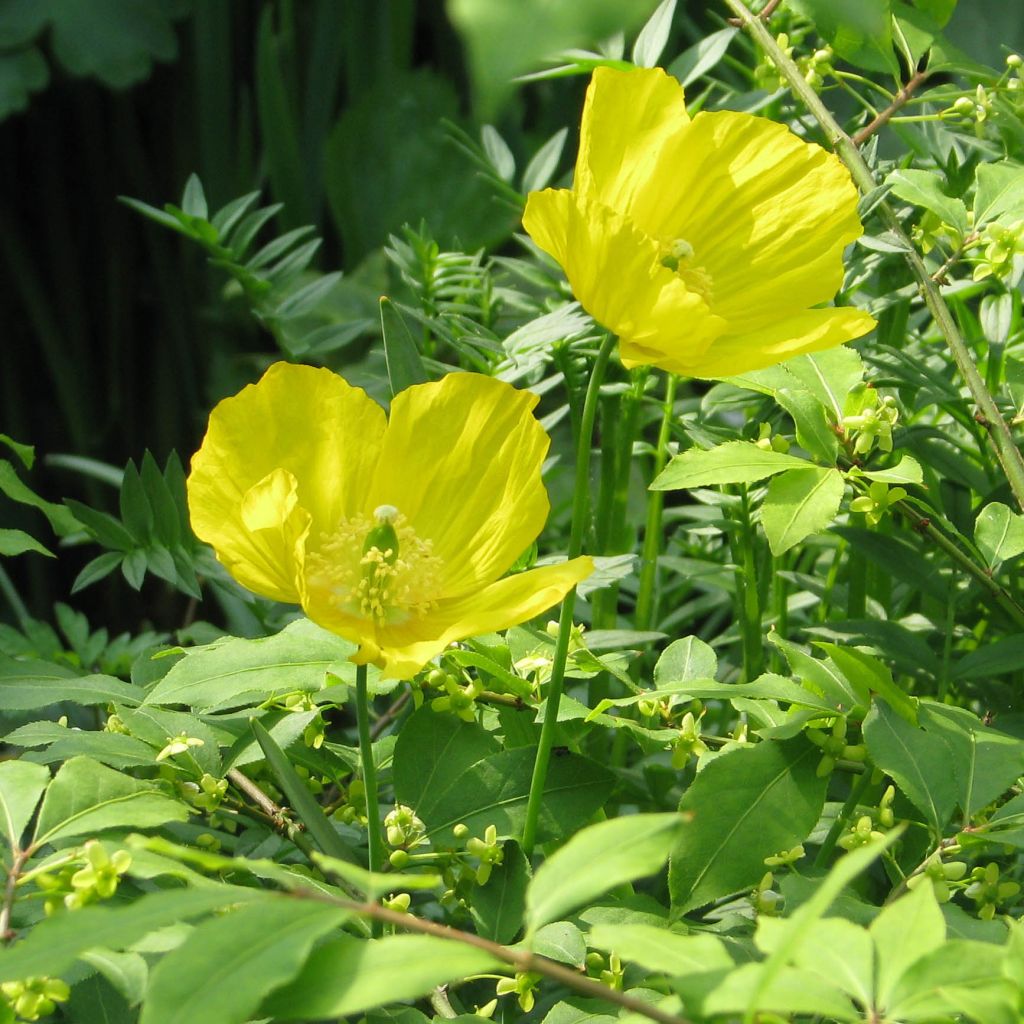

Meconopsis cambrica - Blue Poppy
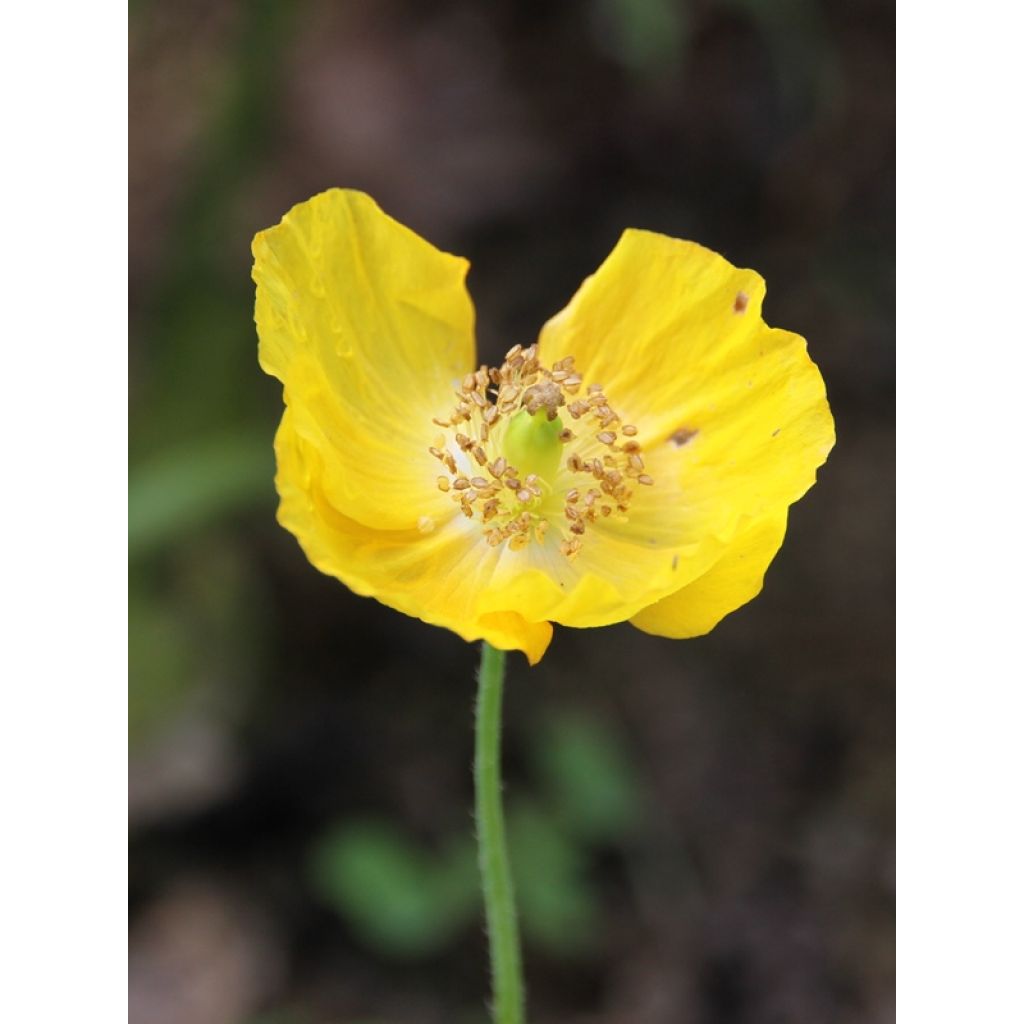

Meconopsis cambrica - Blue Poppy
Meconopsis cambrica - Blue Poppy
Meconopsis cambrica
Welsh Poppy
I planted 3 of them, each in a different spot. They all produced a few flowers, one blooming in a more orangish yellow, the others like in the picture. The above-ground parts disappeared after flowering, but it seems like the 'base' remains. I harvested the seeds and sowed them in various places, hoping they will multiply.
Delphine62, 02/09/2024
Special offer!
Receive a €20 voucher for any order over €90 (excluding delivery costs, credit notes, and plastic-free options)!
1- Add your favorite plants to your cart.
2- Once you have reached €90, confirm your order (you can even choose the delivery date!).
3- As soon as your order is shipped, you will receive an email containing your voucher code, valid for 3 months (90 days).
Your voucher is unique and can only be used once, for any order with a minimum value of €20, excluding delivery costs.
Can be combined with other current offers, non-divisible and non-refundable.
Home or relay delivery (depending on size and destination)
Schedule delivery date,
and select date in basket
This plant carries a 12 months recovery warranty
More information
We guarantee the quality of our plants for a full growing cycle, and will replace at our expense any plant that fails to recover under normal climatic and planting conditions.
Does this plant fit my garden?
Set up your Plantfit profile →
Description
Meconopsis cambrica, also known as the Welsh poppy, resembles a poppy, but it is a perennial and is lemon yellow. It is charming in its simplicity, both light and rustic. Mischievous in its way of appearing randomly in the garden, it prefers shade and coolness. It is an excellent plant that easily self-seeds and blooms almost all year round, from spring to the brink of winter. Its very fresh green foliage is deeply cut and arranged in a rosette, resembling that of celery. It is easy to cultivate in ordinary, heavy soil. Ideal for natural areas of the garden.
Meconopsis cambrica belongs to the family Papaveraceae. It is a species native to Western Europe, specifically the Atlantic coast and regions around the Bay of Biscay, Wales, and Ireland. It is also found in damp woodlands. It is a perennial plant with a taproot from which a small, more or less dense tuft of deeply cut, light green, hairy leaves emerges at the collar. The plant reaches 40 cm (16in) in height when flowering and 30 cm (12in) in diameter. The flowering period is impressive. Already in bloom in April, this poppy is still blooming in October or even November if there is no frost when the trees are red and losing their leaves. The flowers, like golden yellow to lemon yellow poppies, are carried on long slender stems. They measure 3 to 5 cm (1 to 2in) in diameter. The basal leaves are compound, elliptical to pinnatisect, light green on the upper side, bluish on the underside, downy, and measure 10 to 20 cm (4 to 8in) in length. The upper leaves are similar, but they have shorter petioles. The fruit is a glabrous capsule that contains a large quantity of tiny black seeds.
The Meconopsis cambrica, if it does not have the originality and unattainable beauty of other species in the genus, remains a delicate and charming alternative to the imposing flowering of classic poppies. This plant thrives in partially shaded areas in a garden. It will always be welcome and easy to combine thanks to its light appearance, in rustic borders or even in cool rockeries. Difficult to maintain in continuous masses in a bed, it is best to let it emerge wherever it pleases, among ferns, alongside heucheras, bleeding hearts, or lungworts in a woodland scene. In a rockery, away from delicate alpine plants, mixed with spring bulbs (such as Ipheion or scillas), with low-growing summer-flowering perennials such as Campanula portenschlagiana or Geranium cinereum, or with low conifers like Juniperus horizontalis 'Blue Chips'. Try combining it with the late flowering of Ceratostigma plumbaginoides with its cerulean blue flowers; the effect is guaranteed, especially accompanied by the reddening leaves of surrounding bushes.
Meconopsis cambrica - Blue Poppy in pictures
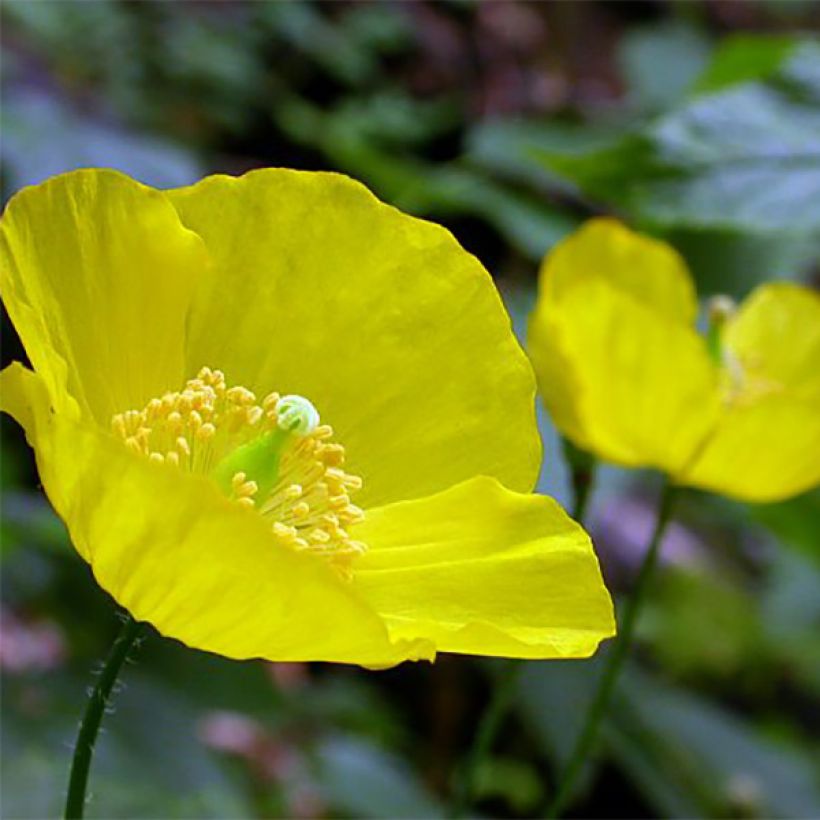

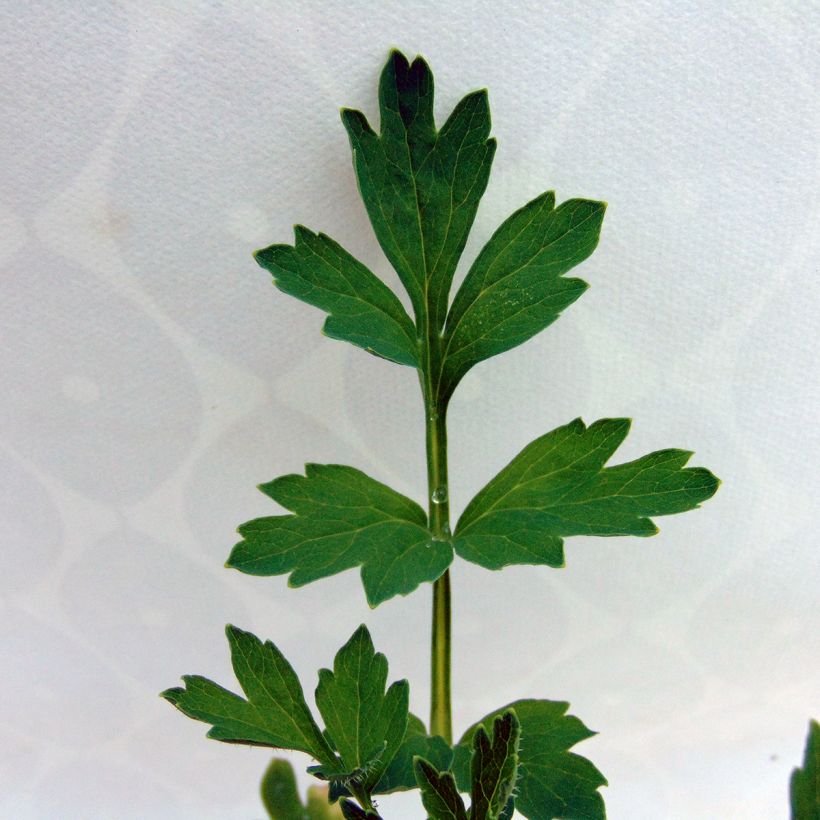



Flowering
Foliage
Plant habit
Botanical data
Meconopsis
cambrica
Papaveraceae
Welsh Poppy
Northern Europe
Other Papaver - Poppies
View all →Planting and care
The Meconopsis cambrica plant prefers to grow in shaded or partially shaded areas. It thrives in a humid environment that is provided by the tree canopy. For ideal growth, plant the flower in a cool, loamy-clay soil that is rich in humus and not too chalky. It is important to note that this plant has a poorly developed taproot and does not tolerate transplanting well, so care must be taken when repotting to avoid damaging its fragile tissues. During planting, handle the young plant delicately without touching its roots and water it regularly until it is established. Although this plant has a short lifespan, it can easily spread through sowing fresh seeds. To encourage a longer flowering period, remove any faded flowers as they appear, while leaving some to produce seeds each year.
Planting period
Intended location
Care
Planting & care advice
-
, onOrder confirmed
Reply from on Promesse de fleurs
Similar products
Haven't found what you were looking for?
Hardiness is the lowest winter temperature a plant can endure without suffering serious damage or even dying. However, hardiness is affected by location (a sheltered area, such as a patio), protection (winter cover) and soil type (hardiness is improved by well-drained soil).

Photo Sharing Terms & Conditions
In order to encourage gardeners to interact and share their experiences, Promesse de fleurs offers various media enabling content to be uploaded onto its Site - in particular via the ‘Photo sharing’ module.
The User agrees to refrain from:
- Posting any content that is illegal, prejudicial, insulting, racist, inciteful to hatred, revisionist, contrary to public decency, that infringes on privacy or on the privacy rights of third parties, in particular the publicity rights of persons and goods, intellectual property rights, or the right to privacy.
- Submitting content on behalf of a third party;
- Impersonate the identity of a third party and/or publish any personal information about a third party;
In general, the User undertakes to refrain from any unethical behaviour.
All Content (in particular text, comments, files, images, photos, videos, creative works, etc.), which may be subject to property or intellectual property rights, image or other private rights, shall remain the property of the User, subject to the limited rights granted by the terms of the licence granted by Promesse de fleurs as stated below. Users are at liberty to publish or not to publish such Content on the Site, notably via the ‘Photo Sharing’ facility, and accept that this Content shall be made public and freely accessible, notably on the Internet.
Users further acknowledge, undertake to have ,and guarantee that they hold all necessary rights and permissions to publish such material on the Site, in particular with regard to the legislation in force pertaining to any privacy, property, intellectual property, image, or contractual rights, or rights of any other nature. By publishing such Content on the Site, Users acknowledge accepting full liability as publishers of the Content within the meaning of the law, and grant Promesse de fleurs, free of charge, an inclusive, worldwide licence for the said Content for the entire duration of its publication, including all reproduction, representation, up/downloading, displaying, performing, transmission, and storage rights.
Users also grant permission for their name to be linked to the Content and accept that this link may not always be made available.
By engaging in posting material, Users consent to their Content becoming automatically accessible on the Internet, in particular on other sites and/or blogs and/or web pages of the Promesse de fleurs site, including in particular social pages and the Promesse de fleurs catalogue.
Users may secure the removal of entrusted content free of charge by issuing a simple request via our contact form.
The flowering period indicated on our website applies to countries and regions located in USDA zone 8 (France, the United Kingdom, Ireland, the Netherlands, etc.)
It will vary according to where you live:
- In zones 9 to 10 (Italy, Spain, Greece, etc.), flowering will occur about 2 to 4 weeks earlier.
- In zones 6 to 7 (Germany, Poland, Slovenia, and lower mountainous regions), flowering will be delayed by 2 to 3 weeks.
- In zone 5 (Central Europe, Scandinavia), blooming will be delayed by 3 to 5 weeks.
In temperate climates, pruning of spring-flowering shrubs (forsythia, spireas, etc.) should be done just after flowering.
Pruning of summer-flowering shrubs (Indian Lilac, Perovskia, etc.) can be done in winter or spring.
In cold regions as well as with frost-sensitive plants, avoid pruning too early when severe frosts may still occur.
The planting period indicated on our website applies to countries and regions located in USDA zone 8 (France, United Kingdom, Ireland, Netherlands).
It will vary according to where you live:
- In Mediterranean zones (Marseille, Madrid, Milan, etc.), autumn and winter are the best planting periods.
- In continental zones (Strasbourg, Munich, Vienna, etc.), delay planting by 2 to 3 weeks in spring and bring it forward by 2 to 4 weeks in autumn.
- In mountainous regions (the Alps, Pyrenees, Carpathians, etc.), it is best to plant in late spring (May-June) or late summer (August-September).
The harvesting period indicated on our website applies to countries and regions in USDA zone 8 (France, England, Ireland, the Netherlands).
In colder areas (Scandinavia, Poland, Austria...) fruit and vegetable harvests are likely to be delayed by 3-4 weeks.
In warmer areas (Italy, Spain, Greece, etc.), harvesting will probably take place earlier, depending on weather conditions.
The sowing periods indicated on our website apply to countries and regions within USDA Zone 8 (France, UK, Ireland, Netherlands).
In colder areas (Scandinavia, Poland, Austria...), delay any outdoor sowing by 3-4 weeks, or sow under glass.
In warmer climes (Italy, Spain, Greece, etc.), bring outdoor sowing forward by a few weeks.































